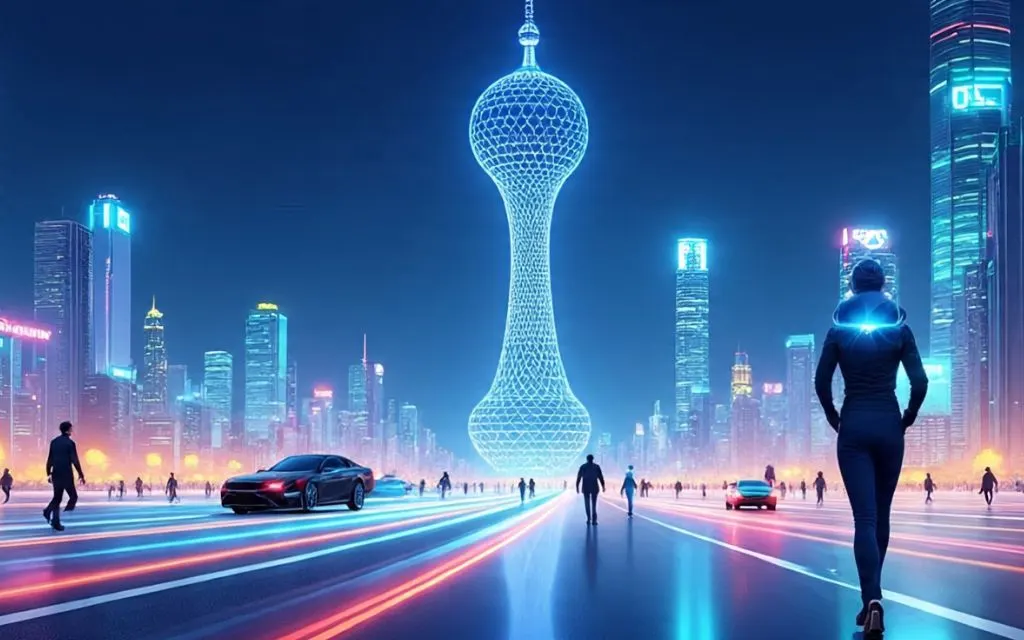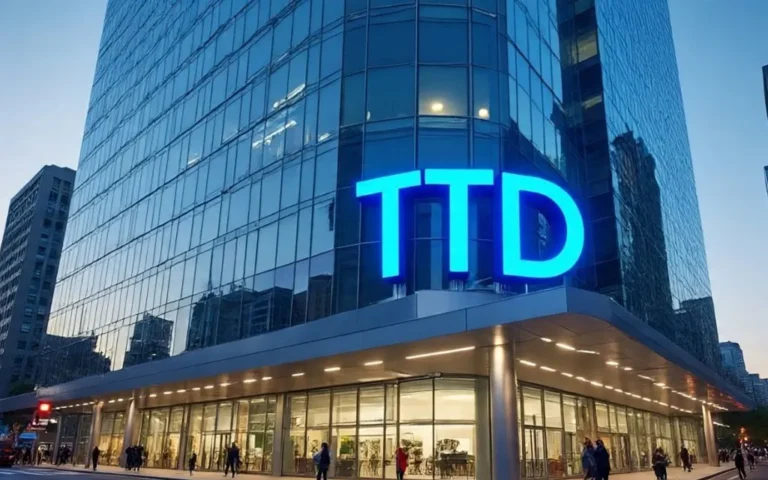Unleashing the Incredible Power of GPT 5: Transforming AI as We Know It
Meta Description
Explore the groundbreaking capabilities of gpt 5, the next generation AI language model from OpenAI. Learn how this advanced technology transforms natural language understanding, reshapes industries, and paves the way for the future of artificial intelligence.
Introduction
Artificial intelligence has witnessed tremendous advancements over the past decade, and the emergence of gpt 5 marks a defining moment in this evolution. As the latest iteration of OpenAI’s language models, gpt 5 brings a new level of sophistication and intelligence to natural language processing. This next-generation AI model is designed to understand and generate human-like text with remarkable accuracy and depth. In this article, we will explore the technology behind gpt 5, its innovations over previous versions, practical applications, ethical considerations, and its profound impact on industries worldwide.
Understanding the Technology Behind gpt 5
At its core, gpt 5 is built on a transformer architecture, an approach that has revolutionized the field of natural language processing. Transformers allow the model to process words and sentences by paying attention to relationships within the text, leading to better context comprehension and generation quality. Compared to earlier models like GPT-3 and GPT-4, gpt 5 incorporates improvements in scale, training techniques, and data diversity.
One of the most important innovations in gpt 5 is its ability to handle longer context windows. This means the model can remember and use more information from previous parts of a conversation or document, resulting in more coherent and contextually relevant responses. The model also uses advanced fine-tuning and reinforcement learning from human feedback, enhancing its ability to follow instructions and provide accurate answers.
Additionally, gpt 5 employs better mechanisms to reduce the generation of incorrect or misleading information, a problem known as hallucination in AI language models. This has made it more reliable for professional and creative use cases.
Major Improvements in gpt 5 Compared to Its Predecessors
The transition from GPT-4 to gpt 5 is marked by several significant upgrades that make this model a powerful tool across diverse sectors. First, gpt 5 boasts increased parameter size, allowing it to process information with greater nuance and understanding. This contributes to more natural and fluent language generation.
Second, the training data for gpt 5 is larger and more diverse, including multilingual texts, scientific papers, programming code, and conversational data. This broad knowledge base enables gpt 5 to excel in specialized tasks and deliver content that is both accurate and contextually appropriate.
Third, improvements in efficiency allow gpt 5 to generate responses faster and consume fewer computational resources. This makes real-time applications more practical and accessible to a wider range of users.
Lastly, the model’s adaptability has been enhanced through modular fine-tuning. Organizations can customize gpt 5 to fit specific industry needs such as healthcare, finance, legal, or creative writing, making it a versatile asset in the AI toolkit.
How gpt 5 is Revolutionizing Industries
The versatility of gpt 5 is evident in how it is transforming different fields. In healthcare, gpt 5 helps medical professionals by analyzing clinical data, summarizing patient records, and even assisting with diagnostic suggestions. Its ability to understand complex terminology and context enhances accuracy and speeds up decision-making processes.
In education, gpt 5 offers personalized learning experiences by generating tailored explanations, answering student queries, and supporting teachers with curriculum development. This democratizes access to quality education and makes learning more engaging.
The marketing and advertising industry benefits from gpt 5 through the creation of compelling copy, social media posts, and customer interaction scripts. Its understanding of brand tone and audience preferences ensures communication is impactful and consistent.
Software development is another domain where gpt 5 excels. It can write, review, and debug code snippets in multiple programming languages, speeding up development cycles and reducing errors. This capability also supports learning for novice programmers.
Moreover, gpt 5 enhances customer service by powering chatbots and virtual assistants that can handle complex queries with empathy and understanding, leading to improved user satisfaction.
Ethical Considerations and Responsible Use of gpt 5
As powerful as gpt 5 is, its deployment raises important ethical questions. The ability to generate human-like text can be misused to create misleading content, spread misinformation, or manipulate opinions. OpenAI and the broader AI community emphasize the importance of responsible use and transparency.
Efforts to mitigate these risks include integrating safety layers that detect harmful or biased outputs and restricting access to sensitive capabilities. Users must be educated on the limitations of AI and encouraged to use gpt 5 as a tool that complements human judgment rather than replaces it.
Maintaining privacy is another key concern. gpt 5 must be used in ways that protect user data and comply with regulations such as GDPR and CCPA. Ethical AI development is not just about technology but also about respecting human rights and fostering trust.
The Future of AI with gpt 5 and Beyond
Looking ahead, gpt 5 is a glimpse into the future where AI systems become increasingly collaborative partners in creativity, problem-solving, and decision-making. The ability to understand nuanced language and context will open doors to new applications that we can only begin to imagine.
Developers and researchers are already exploring multi-modal AI systems where language models like gpt 5 work alongside vision and audio models, creating more immersive experiences. This could lead to AI companions capable of engaging with us across multiple senses, further blurring the line between human and machine interaction.
There is also ongoing research into improving AI reasoning and memory, areas where future models could excel, making them more reliable assistants in both professional and personal contexts.
Practical Tips for Getting the Most Out of gpt 5
To harness the full potential of gpt 5, users should follow a few best practices. Clear and specific prompts lead to better output quality. Providing context and examples helps the model understand user intent more precisely.
It is essential to validate critical information generated by the model, especially in fields like medicine or law, where accuracy is vital. Users should combine AI output with expert review to ensure safety and compliance.
For developers, fine-tuning gpt 5 on domain-specific datasets can greatly improve relevance and performance. Experimenting with prompt engineering and iterative feedback loops enhances the interactive experience.
The Technical Landscape: How gpt 5 Works Behind the Scenes
The power of gpt 5 stems from advances in machine learning algorithms and hardware infrastructure. Its transformer-based neural network contains billions of parameters that capture complex patterns in language. Training on vast datasets allows the model to develop an understanding of syntax, semantics, and even some aspects of world knowledge.
One of the challenges tackled in gpt 5 is the reduction of hallucinated facts — incorrect statements that seem plausible but are false. By integrating retrieval-augmented generation methods, the model cross-checks its responses against reliable knowledge sources, improving factual accuracy.
The infrastructure behind gpt 5 leverages distributed computing and optimized parallel processing to train the model efficiently. This progress makes it possible to maintain performance while scaling to unprecedented sizes.
Addressing Common Misconceptions About gpt 5
Despite the hype, some misconceptions surround gpt 5. It is not sentient or conscious but operates through pattern recognition and prediction. The model does not possess true understanding or feelings, but it simulates conversation by analyzing vast amounts of data.
Another myth is that gpt 5 can replace human creativity. While it can generate impressive content, the spark of originality and emotional depth often requires human insight. Instead, gpt 5 serves as a powerful assistant that can enhance creativity by handling repetitive tasks and suggesting ideas.
There is also concern that AI will lead to massive job losses. History shows that technology often shifts job roles rather than eliminates them. gpt 5 may automate some tasks but also creates new opportunities for collaboration between humans and machines.
How Businesses Can Prepare for gpt 5 Integration
Companies interested in leveraging gpt 5 should first assess where AI can add the most value within their operations. Identifying processes that involve language generation, data analysis, or customer interaction is a good start.
Next, organizations should invest in training teams to work effectively with AI tools, including understanding AI limitations and ethical responsibilities. Establishing monitoring systems to oversee AI output quality and compliance is critical.
Collaboration with AI experts and exploring partnerships with technology providers can accelerate the deployment of gpt 5 solutions tailored to specific industry needs. Gradual adoption with pilot projects allows businesses to learn and optimize use cases before scaling.
The Role of OpenAI and Community in Shaping gpt 5’s Impact
OpenAI plays a pivotal role in advancing and regulating the development of models like gpt 5. Its mission to ensure that artificial general intelligence benefits all humanity guides decisions on transparency, safety, and access.
Community involvement, including researchers, developers, ethicists, and users, is vital to identify challenges and best practices. Open collaboration fosters innovation while addressing potential risks.
OpenAI’s approach to releasing models in stages and soliciting public feedback exemplifies a commitment to responsible AI deployment. This approach ensures that gpt 5 not only pushes technological boundaries but also aligns with societal values.
Leveraging gpt 5 for Creative Arts and Entertainment
The creative industries stand to gain enormously from gpt 5. Writers can use it to overcome writer’s block, draft plotlines, or create dialogue. Musicians and artists can explore AI-generated lyrics or storyboards.
In film and gaming, gpt 5 can design immersive narratives and dynamic character interactions. This can lead to richer, more engaging user experiences.
By automating routine creative tasks, artists have more time to focus on innovation and expression, supported by AI as a collaborative partner.
Challenges in Scaling and Accessibility of gpt 5
Despite its capabilities, making gpt 5 accessible to smaller businesses and individual users poses challenges. The computational resources required for running such a large model are significant, raising costs.
Efforts are underway to develop more efficient versions and cloud-based solutions that democratize access. OpenAI’s API platform is a key step in this direction.
Ensuring that gpt 5 serves diverse languages and cultures is another area for growth. Expanding multilingual support and avoiding cultural bias are priorities.
The Environmental Impact of Training Large Models Like gpt 5
Training AI models such as gpt 5 requires extensive computing power, which consumes energy and contributes to carbon emissions. The AI community is increasingly aware of the environmental footprint and seeks ways to reduce it.
Techniques such as more efficient hardware, carbon offset initiatives, and optimizing training procedures help mitigate impact. OpenAI and other organizations emphasize sustainability as part of responsible AI development.
Balancing innovation with environmental stewardship will shape the future trajectory of models like gpt 5.
How gpt 5 Enhances Multilingual Communication
Language barriers often hinder global collaboration. gpt 5 advances multilingual understanding and generation, allowing users to communicate across languages more effectively.
Its training includes a broad array of languages, enabling accurate translation, interpretation, and cultural nuance. This has applications in international business, education, and diplomacy.
By breaking down language barriers, gpt 5 fosters more inclusive global conversations.







